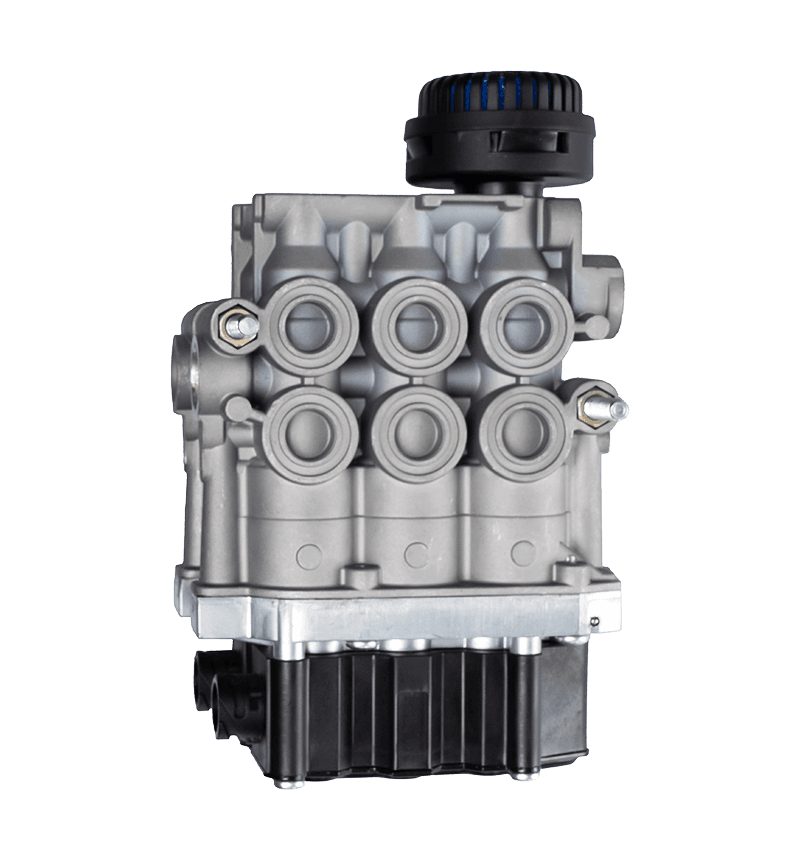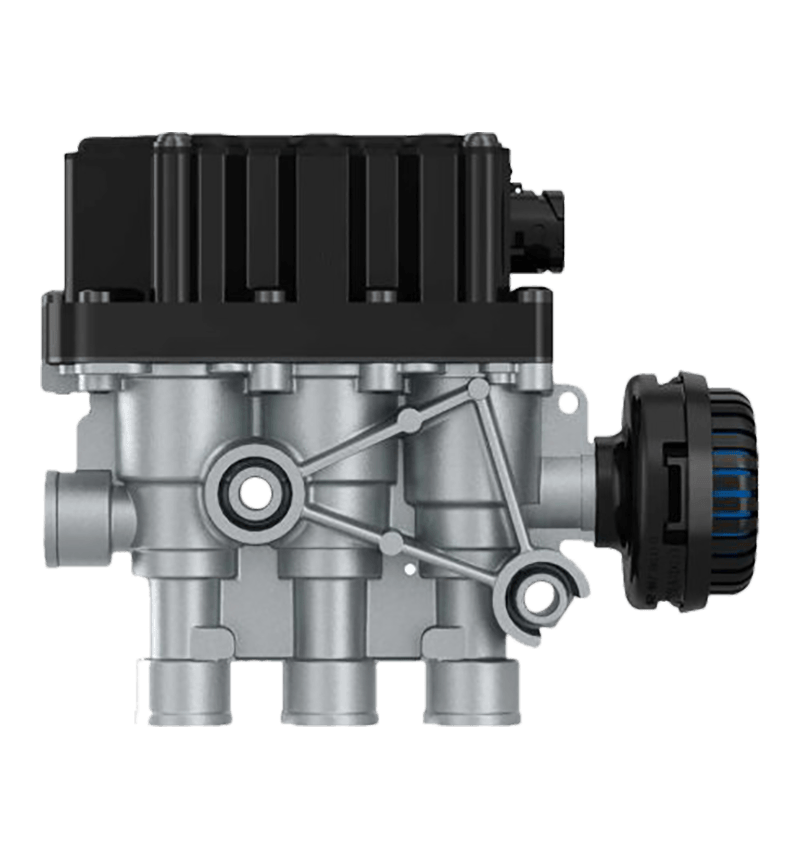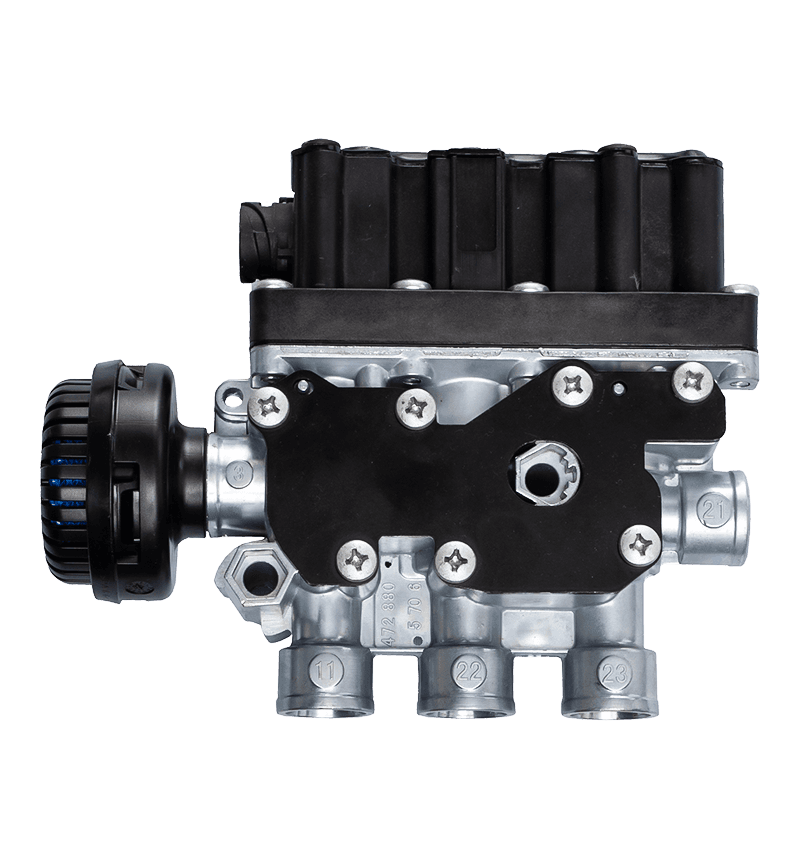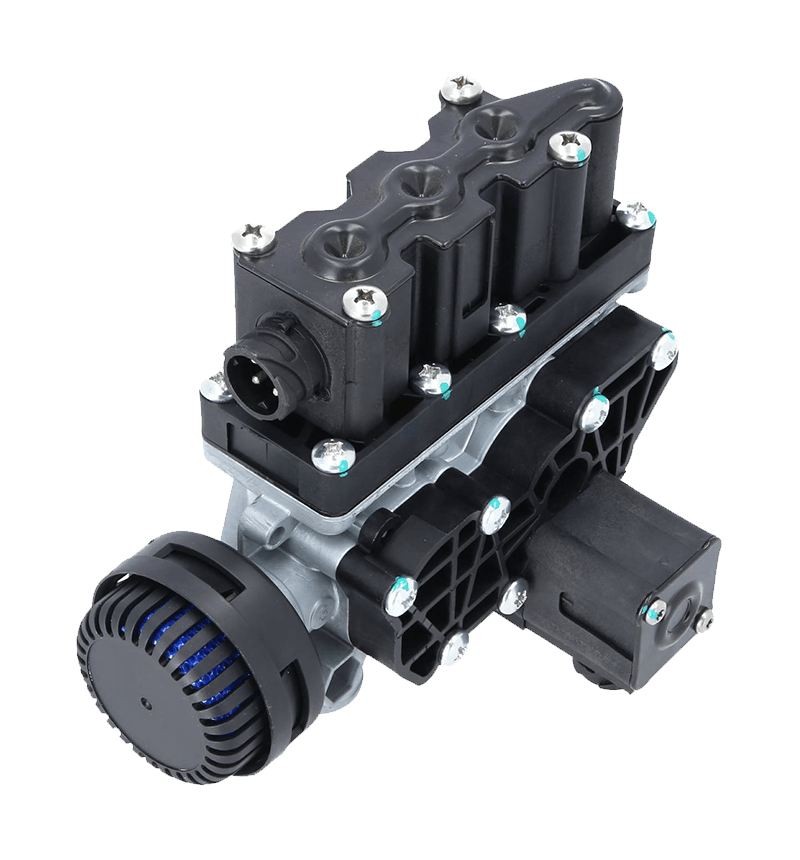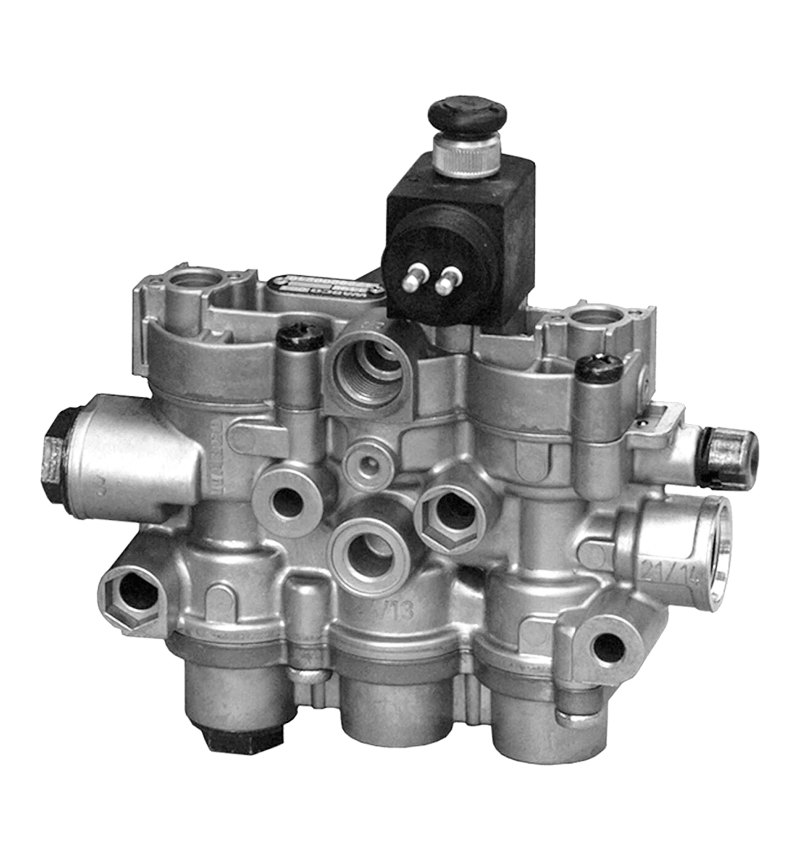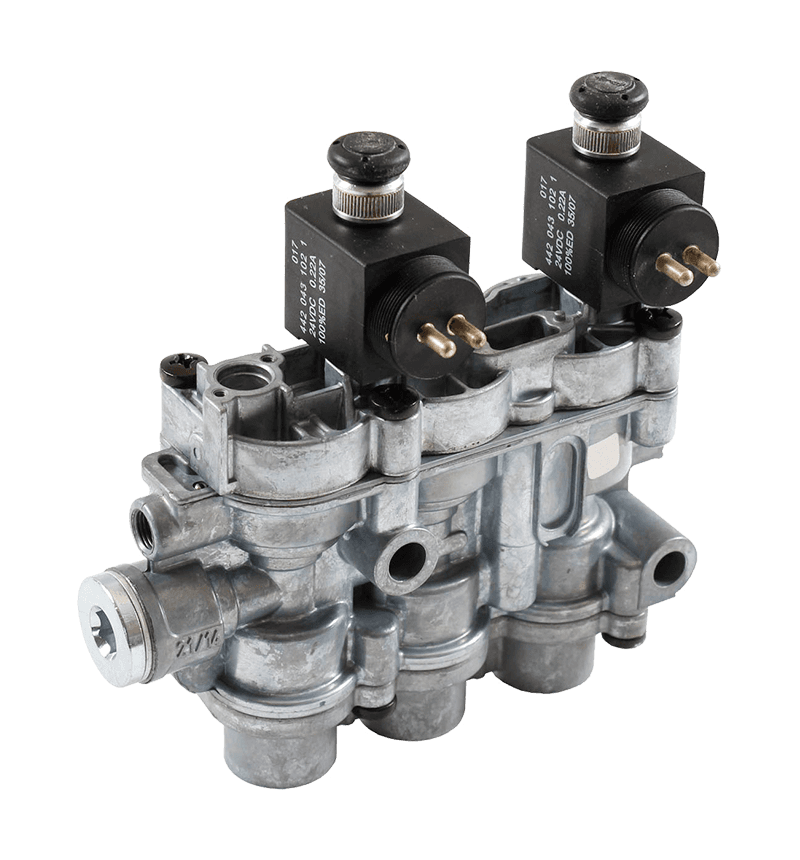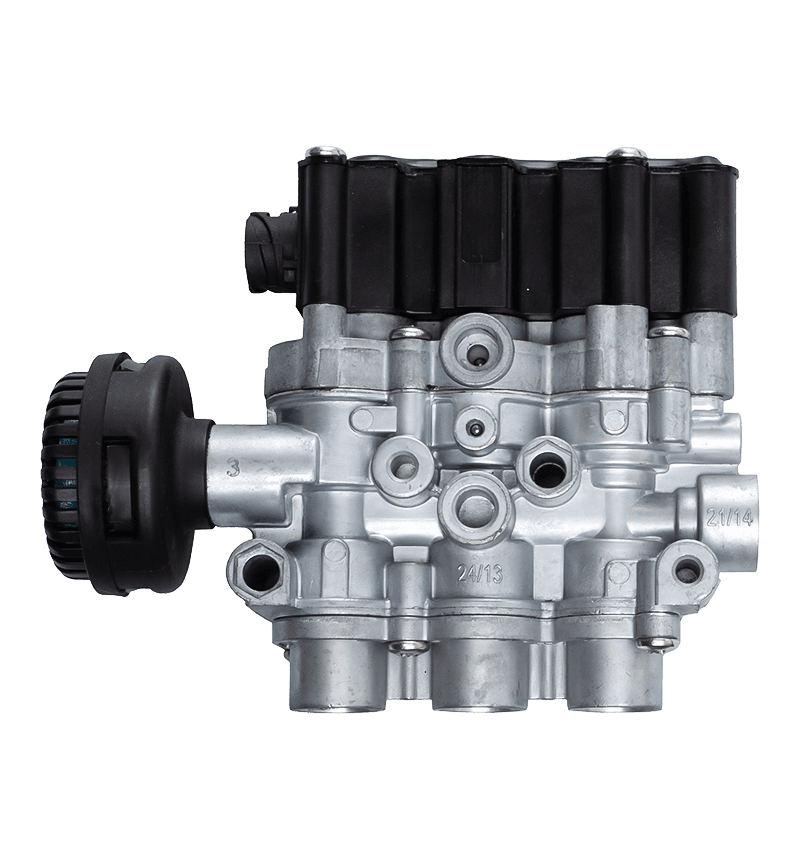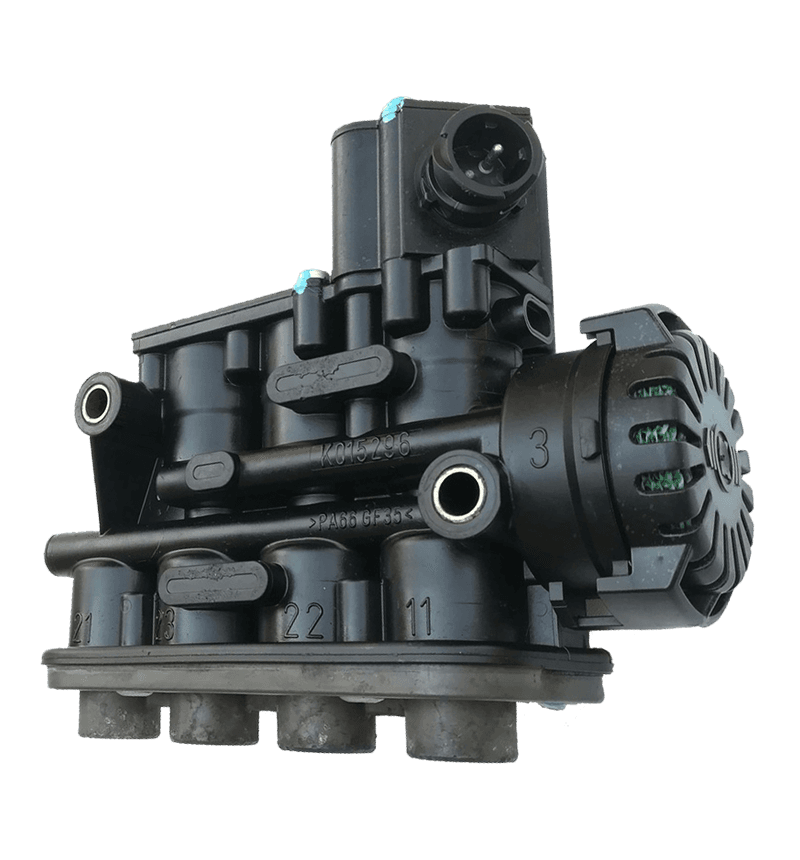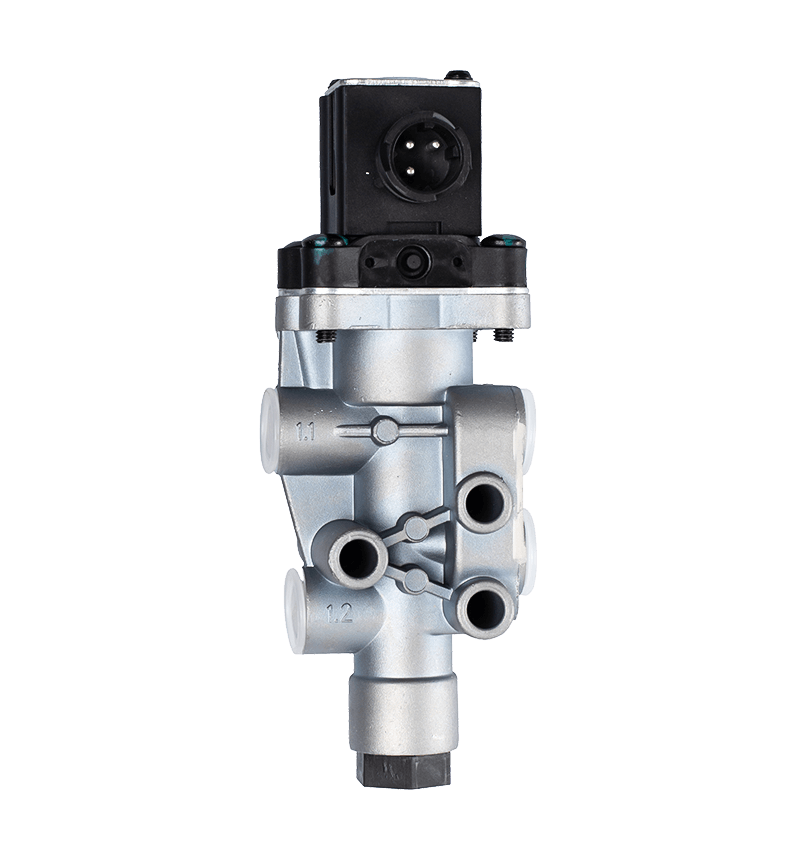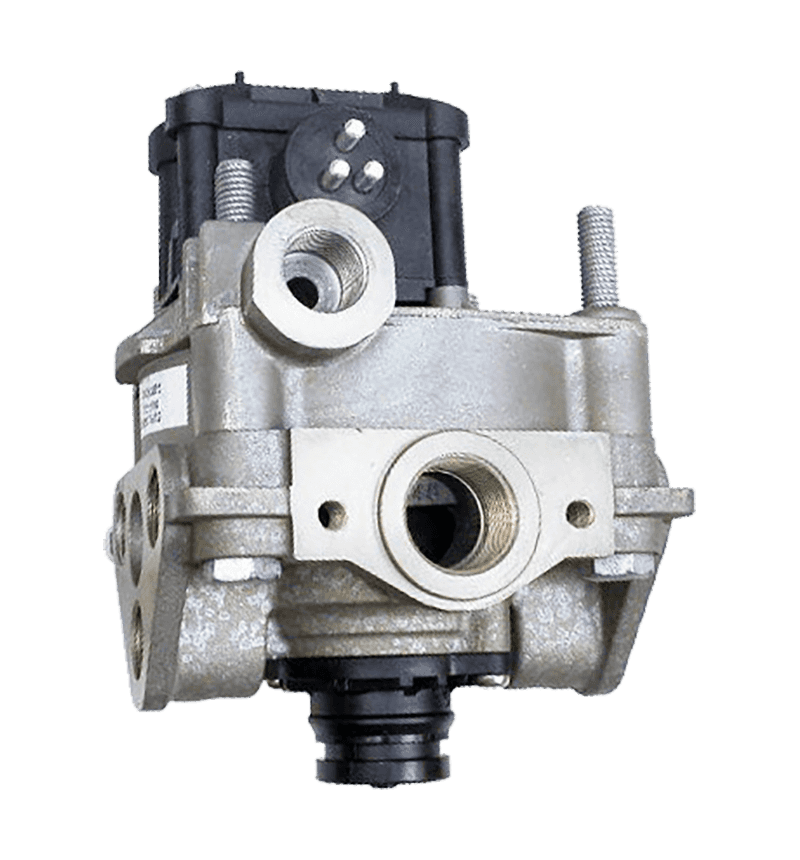Basic Concept of Ordinary Control Valves
Ordinary control valves are commonly used in hydraulic and pneumatic systems to regulate flow, pressure, and direction. These valves operate based on preset conditions and typically follow a fixed design without dynamically adapting to varying load requirements. Their primary function is to open or close flow passages, restrict fluid movement, or divert flow to specific paths within a system. In practice, ordinary control valves provide consistent performance under stable operating conditions, but their efficiency can be affected when system demands fluctuate. They are widely applied in simpler systems where constant loads or non-variable conditions dominate.
Basic Concept of Load Sensing Valves
Load sensing valves are advanced hydraulic components designed to adjust flow and pressure according to the actual requirements of a system’s load. Unlike ordinary control valves, they continuously monitor load pressure and adapt system supply accordingly. This dynamic adjustment ensures that energy is not wasted on unnecessary flow or pressure, resulting in a more efficient hydraulic operation. Load sensing valves are commonly used in mobile machinery, construction equipment, and agricultural systems, where variable loads and frequent directional changes occur. Their ability to match system output with demand makes them suitable for energy-saving and responsive operations.
Working Principle of Ordinary Control Valves
Ordinary control valves function through mechanical or electronic actuation that directly alters the valve’s opening size or configuration. They are typically connected to pumps or compressors that deliver a constant supply of fluid or air, regardless of the system’s actual demand. As a result, ordinary control valves either throttle or divert excess flow to maintain control. This can lead to higher energy consumption, as the system continuously produces more fluid power than is required. While effective for simple tasks, this principle does not optimize energy efficiency when load variations are frequent.
Working Principle of Load Sensing Valves
Load sensing valves work by measuring load pressure and signaling the pump to deliver only the required flow and pressure. This feedback loop ensures that the pump output is proportional to the system’s demand. By controlling both pressure and flow dynamically, load sensing systems reduce energy losses and prevent overheating in hydraulic circuits. In applications where different actuators require different flow rates, load sensing valves can prioritize flow distribution to match the load conditions. This principle enhances efficiency, prolongs system life, and reduces unnecessary stress on components.
Energy Consumption Comparison
One of the most important differences between ordinary control valves and load sensing valves is energy efficiency. Ordinary valves depend on pumps operating at constant flow, which often leads to wasted energy when the system demand is low. In contrast, load sensing valves ensure that the pump output aligns with actual demand, minimizing losses. This energy-saving characteristic is particularly valuable in systems that operate under varying loads, such as construction machinery or agricultural equipment, where hydraulic actuators perform different tasks requiring different energy levels.
| Aspect |
Ordinary Control Valves |
Load Sensing Valves |
| Energy Consumption |
Higher due to constant flow supply |
Lower, matched to system demand |
| System Adaptability |
Limited adaptability to load changes |
Automatically adjusts to varying loads |
| Heat Generation |
More heat due to wasted energy |
Reduced heat through efficient operation |
Application Scenarios
Ordinary control valves are suitable for systems where operational conditions remain stable and predictable. Examples include industrial hydraulic presses, water control systems, and simple pneumatic equipment. These applications do not require frequent load adjustments and can function reliably with fixed flow control. Load sensing valves, however, are suited for dynamic environments such as excavators, loaders, tractors, and forestry machinery. These machines operate under highly variable loads, and load sensing technology allows them to respond quickly and efficiently to changing requirements without unnecessary power losses.
Impact on System Design
The choice between load sensing valves and ordinary control valves has a direct impact on system design. A system using ordinary valves requires larger cooling mechanisms and often oversized pumps to handle excess flow and heat. Conversely, a system with load sensing valves can be designed with more compact pumps and reduced cooling requirements due to minimized energy losses. This design difference can influence initial investment, operational costs, and maintenance requirements throughout the equipment’s lifespan.
Control Accuracy
Control accuracy is another factor distinguishing load sensing valves from ordinary control valves. Ordinary valves provide a constant flow regardless of load variations, which can result in inefficiencies when precise control is needed. Load sensing valves, by contrast, respond dynamically to load changes, offering greater control accuracy. This is critical in tasks such as lifting, positioning, or steering, where smooth and precise operation is essential. The feedback mechanism of load sensing valves makes them particularly advantageous in applications requiring proportional control and fine adjustments.
Maintenance and Durability
Both types of valves require maintenance to ensure reliable operation, but the complexity differs. Ordinary control valves are relatively simple in construction, making them easier to maintain and repair. Load sensing valves, due to their advanced design and integration with pump control systems, require more specialized maintenance procedures. However, their ability to reduce system stress often extends the overall lifespan of hydraulic components. By lowering energy losses and minimizing unnecessary wear, load sensing valves can reduce long-term maintenance costs despite their initial complexity.
| Factor |
Ordinary Control Valves |
Load Sensing Valves |
| Maintenance Complexity |
Simple and straightforward |
More complex, requires expertise |
| Durability Impact |
Higher wear due to energy waste |
Reduced wear due to efficient operation |
| Long-Term Costs |
Higher due to repairs and energy loss |
Lower through efficiency and reduced stress |
Cost Considerations
Initial cost is often a deciding factor between ordinary and load sensing valves. Ordinary control valves generally have a lower upfront cost and simpler installation, making them attractive for budget-conscious projects. Load sensing valves, however, require more investment due to their complex design and integration with pumps. Despite the higher initial cost, they offer long-term savings through energy efficiency, reduced maintenance, and extended component life. Evaluating cost considerations should include both initial expenses and operational costs over the entire service period of the equipment.
System Efficiency and Performance
System efficiency is an important measure when comparing these two types of valves. Ordinary control valves provide consistent output but lack the ability to adjust efficiently to changing demands. Load sensing valves contribute to higher overall system efficiency by optimizing fluid power distribution according to load requirements. This improvement in efficiency translates into smoother operations, less downtime, and more reliable performance in demanding applications. In high-performance industries such as construction, mining, and agriculture, this efficiency difference plays a significant role in overall productivity.
Safety Considerations
Safety in hydraulic systems is influenced by how well valves manage pressure and flow. Ordinary control valves may lead to excessive pressure buildup or overheating if system demand fluctuates significantly. Load sensing valves help prevent such risks by maintaining pressure within the necessary range, adapting to changing loads. This capability enhances system safety, reducing the likelihood of sudden failures or leaks. For equipment operators, the improved stability and responsiveness of load sensing systems can contribute to safer working conditions.
Technological Integration
Modern hydraulic systems increasingly rely on electronic controls and automation. Load sensing valves are more compatible with these advanced technologies, as they provide feedback signals that can be integrated into electronic control units. This allows for automated adjustments and smart energy management within complex machinery. Ordinary control valves, being more mechanical in nature, are less suited for integration with advanced control systems. The adaptability of load sensing valves makes them more aligned with the growing demand for intelligent and efficient hydraulic solutions.
Comparison of Operational Characteristics
A side-by-side comparison of operational characteristics highlights the distinct advantages and limitations of both valve types. Ordinary valves offer simplicity and lower upfront costs but lack adaptability. Load sensing valves, while more complex and expensive, deliver efficiency, responsiveness, and long-term savings. The choice depends on the specific needs of the application, including load variability, budget constraints, and long-term operational goals.
| Characteristic |
Ordinary Control Valves |
Load Sensing Valves |
| Initial Cost |
Lower |
Higher |
| Energy Efficiency |
Limited |
High |
| Load Adaptability |
Poor |
Excellent |
| Integration with Electronics |
Minimal |
High compatibility |
Industrial Trends and Future Outlook
With increasing demand for energy-efficient and environmentally conscious solutions, the use of load sensing valves is expected to grow across multiple industries. While ordinary control valves will continue to serve in basic applications, the emphasis on efficiency, automation, and system reliability makes load sensing technology more favorable for future system designs. Manufacturers are also developing hybrid solutions that combine the simplicity of ordinary valves with some adaptive features of load sensing systems, providing users with cost-effective alternatives. This trend highlights the ongoing evolution of hydraulic technology toward smarter and more sustainable solutions.


 English
English Español
Español


